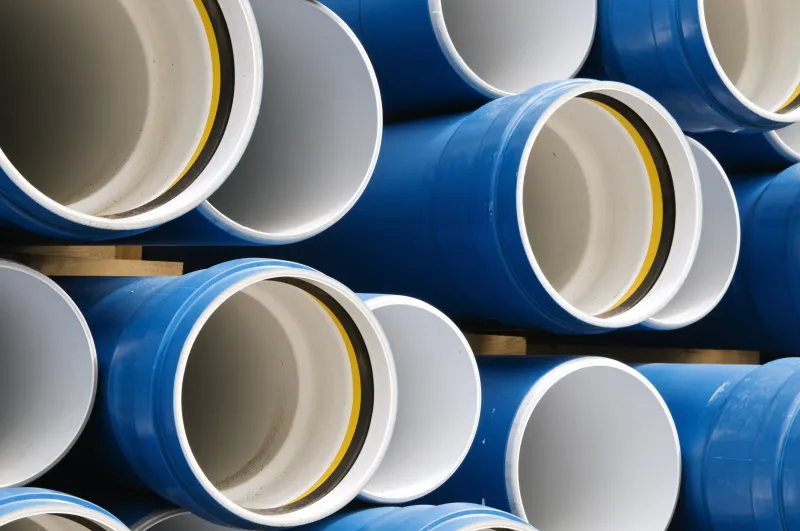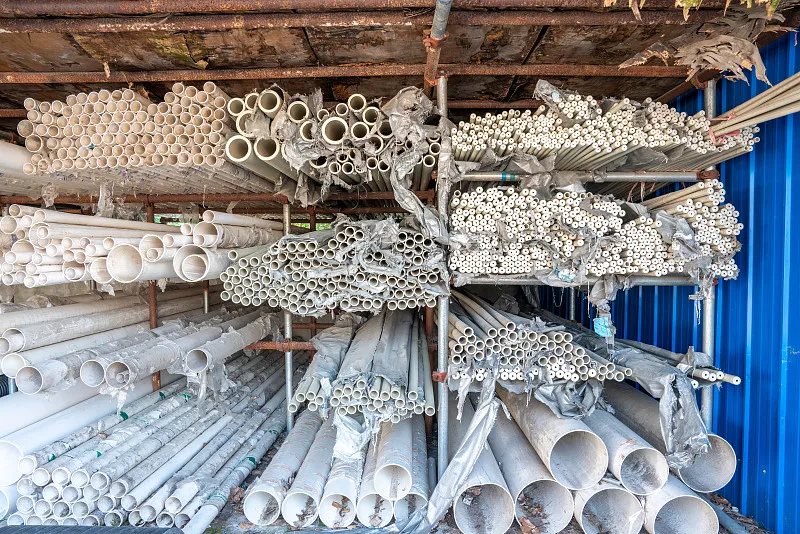Introduce PPR Pipe
PPR (Polypropylene Random Copolymer) pipes have gained significant popularity in various plumbing applications due to their durability, lightweight design, and ease of installation. Among the various types of PPR fittings, the TYPE II fitting socket stands out as an essential component for joining pipes and ensuring a leak-free connection. In this article, we will explore the features, applications, and installation techniques for PPR Pipe TYPE II fitting sockets, while also discussing their advantages over other materials.
What is a PPR Pipe TYPE II Fitting Socket?
A PPR Pipe TYPE II fitting socket is a specific type of fitting designed to connect two sections of PPR pipes. It features a socket-shaped design that allows the pipe ends to be inserted and securely joined through heat fusion. This method of joining ensures a strong and durable connection, capable of withstanding high pressures and temperatures.
Key Features of PPR Pipe TYPE II Fitting Sockets
- Material Composition: Made from high-quality polypropylene random copolymer, TYPE II sockets offer superior chemical resistance and durability.
- Socket Design: The socket design facilitates easy and effective joining of pipes, making installation straightforward.
- Versatility: Suitable for various applications, including residential, commercial, and industrial plumbing systems.
- Temperature Resistance: Capable of handling temperatures up to 95°C (203°F), making them ideal for hot water systems.
- Compatibility: Designed to work seamlessly with standard PPR pipes and fittings.
Applications of PPR Pipe TYPE II Fitting Sockets
PPR Pipe TYPE II fitting sockets are widely used across various sectors due to their reliable performance and versatility. Here are some of the primary applications:
1. Residential Plumbing
In residential settings, TYPE II fitting sockets are commonly used for hot and cold water supply lines. Their ability to create secure connections helps prevent leaks, ensuring efficient water flow throughout the home.
2. Commercial Plumbing
Commercial buildings often require robust plumbing systems that can handle high water demands. PPR fitting sockets are ideal for connecting pipes in restaurants, offices, and retail spaces.
3. Industrial Applications
Industries that deal with chemicals, water treatment, and waste management frequently utilize PPR fittings. The TYPE II socket’s resistance to corrosive substances makes it suitable for various industrial environments.
4. Irrigation Systems
In agricultural settings, PPR Pipe TYPE II fitting sockets are used to connect irrigation lines, providing an efficient method for delivering water to crops while minimizing leaks.
5. Heating Systems
PPR pipes are also used in underfloor heating and radiator systems. TYPE II fitting sockets facilitate connections in these systems, helping to maintain consistent temperature control.
Advantages of PPR Pipe TYPE II Fitting Sockets
Choosing PPR Pipe TYPE II fitting sockets offers several benefits compared to traditional materials:
1. Durability
PPR fittings are designed to withstand high pressures and resist impact, making them highly durable and long-lasting.
2. Corrosion Resistance
Unlike metal fittings, PPR TYPE II sockets do not corrode or rust, ensuring a longer lifespan and consistent performance.
3. Ease of Installation
The heat fusion method used to join PPR pipes and fittings simplifies the installation process, reducing labor time and costs.
4. Lightweight
PPR fittings are significantly lighter than their metal counterparts, making transportation and handling easier during installation.
5. Cost-Effective
While the initial cost may be comparable to other materials, the long-term savings in maintenance and replacement make PPR fittings a cost-effective choice.

Installation of PPR Pipe TYPE II Fitting Sockets
Proper installation is crucial for ensuring the performance and longevity of PPR pipe systems. Here’s a step-by-step guide to installing TYPE II fitting sockets:
Gather Tools and Materials
Before starting the installation, ensure you have the following tools:
- Pipe cutter
- Heat fusion tool
- Measuring tape
- Deburring tool
- Safety goggles and gloves
Prepare the Pipe and Fitting
- Measure and Cut: Use the pipe cutter to cut the PPR pipe to the desired length. Ensure the cut is straight for a proper fit.
- Deburr the Edges: Remove any rough edges from the cut pipe using a deburring tool. This step prevents damage to the fitting during installation.
- Clean the Fitting Socket: Ensure the inside of the TYPE II fitting socket is clean and free from debris.
Heat Fusion Process
- Heat the Pipe and Fitting: Use the heat fusion tool to heat both the pipe end and the socket simultaneously. Follow the manufacturer’s guidelines for the appropriate temperature and time.
- Join the Pipe and Fitting: Once the pipe and fitting reach the correct temperature, quickly insert the pipe into the socket, ensuring a tight fit.
- Hold in Place: Maintain pressure on the joint for a few seconds to ensure a secure bond forms.
Cooling and Testing
- Allow to Cool: Let the joint cool completely before applying pressure to the system. This cooling period is crucial for achieving a strong bond.
- Pressure Test: After the joint has cooled, conduct a pressure test to ensure there are no leaks and that the connection is secure.
Maintenance of PPR Pipe Systems
Maintaining PPR pipe systems is relatively easy, but regular checks can help prolong their lifespan.
Regular Inspections
- Conduct routine visual inspections to identify any signs of wear or damage, particularly around joints and fittings.
- Monitor the system for leaks, especially after installation or significant changes in pressure.
Cleaning
- If necessary, use compatible cleaning agents to remove any buildup or deposits inside the pipes.
- Regularly flush the system to maintain optimal flow and prevent clogs.
Prompt Repairs
- Address any leaks or damaged fittings immediately to prevent further issues and maintain system integrity.
Conclusion PPR Pipe
PPR Pipe TYPE II fitting sockets are an essential component of modern plumbing systems. Their durability, ease of installation, and resistance to corrosion make them a preferred choice for various applications, from residential plumbing to industrial systems. By understanding how to properly install and maintain these fittings, you can ensure a reliable and efficient plumbing solution.
FAQs
- What is the temperature limit for PPR Pipe TYPE II fitting sockets? PPR TYPE II fitting sockets can typically handle temperatures up to 95°C (203°F), making them suitable for hot water applications.
- How long do PPR fittings last? With proper installation and maintenance, PPR fittings can last over 50 years, making them a long-lasting choice for plumbing systems.
- Can PPR fittings be used for both hot and cold water? Yes, PPR fittings are suitable for both hot and cold water systems due to their high-temperature resistance.
- What tools are required for installing PPR Pipe TYPE II fitting sockets? Essential tools include a pipe cutter, heat fusion tool, measuring tape, and deburring tool.
- Are PPR fittings recyclable? Yes, PPR fittings are 100% recyclable, making them an environmentally friendly option for plumbing solutions.


















